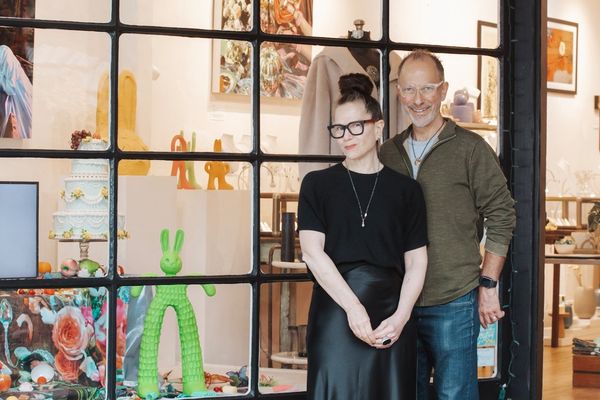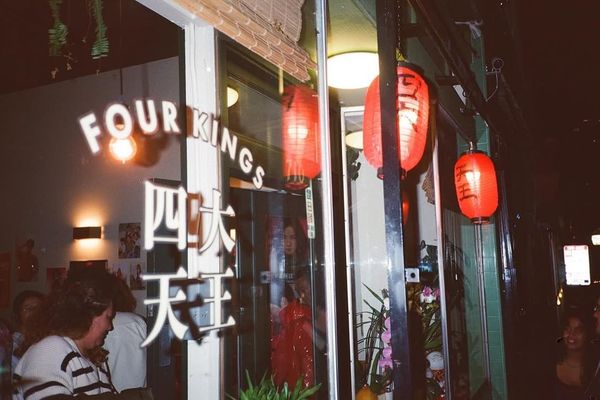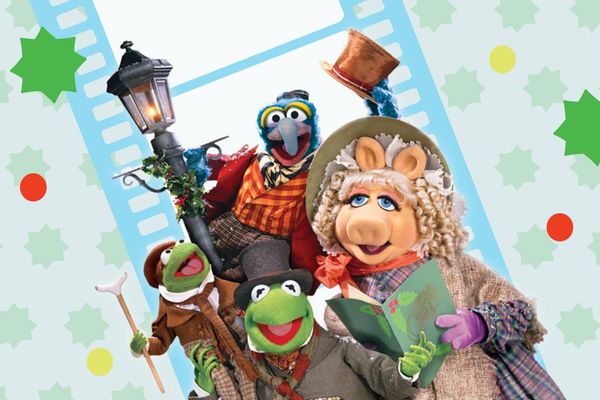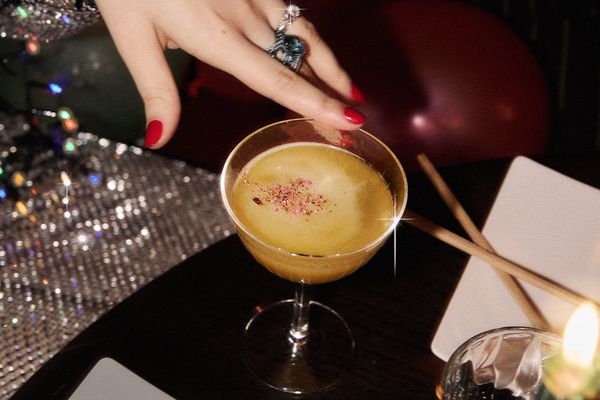At the Commonwealth Club in San Francisco on Monday night, British wine writer Jancis Robinson, who was recently nominated for a James Beard Award for her seven-pound book Wine Grapes — a comprehensive collection of grape varieties’ origins and migrations — celebrated the release of her latest work, American Wine. Sipping occasionally but not often from a glass of Gloria Ferrer during the discussion, Robinson stated that since all 50 states are now making wine (North Dakota was the last to join the post-prohibition era of fermented fruit production in 2007) “the time was ripe for a book celebrating American Wine.”
Whereas most conversations in the industry revolve around California, Oregon and Washington, Robinson’s book takes a deeper look at what she and co-author Linda Murphy have come to call “the other 47.”
Murphy pointed out that winemaking is nothing new in what we now call the United States (it began, in fact, in the 1500s) and if it weren’t for the thirteen-year hiccup that was prohibition, we would likely have been having this conversation 20 or more years ago. There are now 7,000 wineries in the country.
Of course, the standards by which Robinson and Murphy classify “wine” in the book is pretty flexible. Murphy says “there are four types of grapes,” with the first type of grape being anything that is not a grape —in other words fruit wines like the fermented pineapple juice known as Maui Splash produced in Hawaii. The other three types of grapes are vitis vinifera (classic European varieties like Chardonnay), hybrids (a cross between vitis vinifera and a native American species) and, of course, straight non-vinifera grapes like Concord (yes, like the grape juice) and Norton, which according to Robinson, “has the best chance of making serious wine.”
Following the discussion, a dozen vintners from around the country poured their wine, showcasing a vast range of styles executed to varying degrees of success. The two best white wines, a 2009 “Hardscrabble” Chardonnay by Linden Vineyards in Virginia and the 2011 “Lot 49” Riesling from Chateau Grand Traverse in Michigan, were fresh, dry, acidic and really tasty. Shinn Estate, from the North Fork of Long Island, was pouring a credible bottle of Merlot, but pulled from under the table something much more exciting — a 2010 skin-contact Sauvignon Blanc/Semillon. Made with the musqué clone, it was intensely aromatic (apricots, white flowers) and richly textured with life-saving acidity.
Sadly, there was no Maui Splash.





















